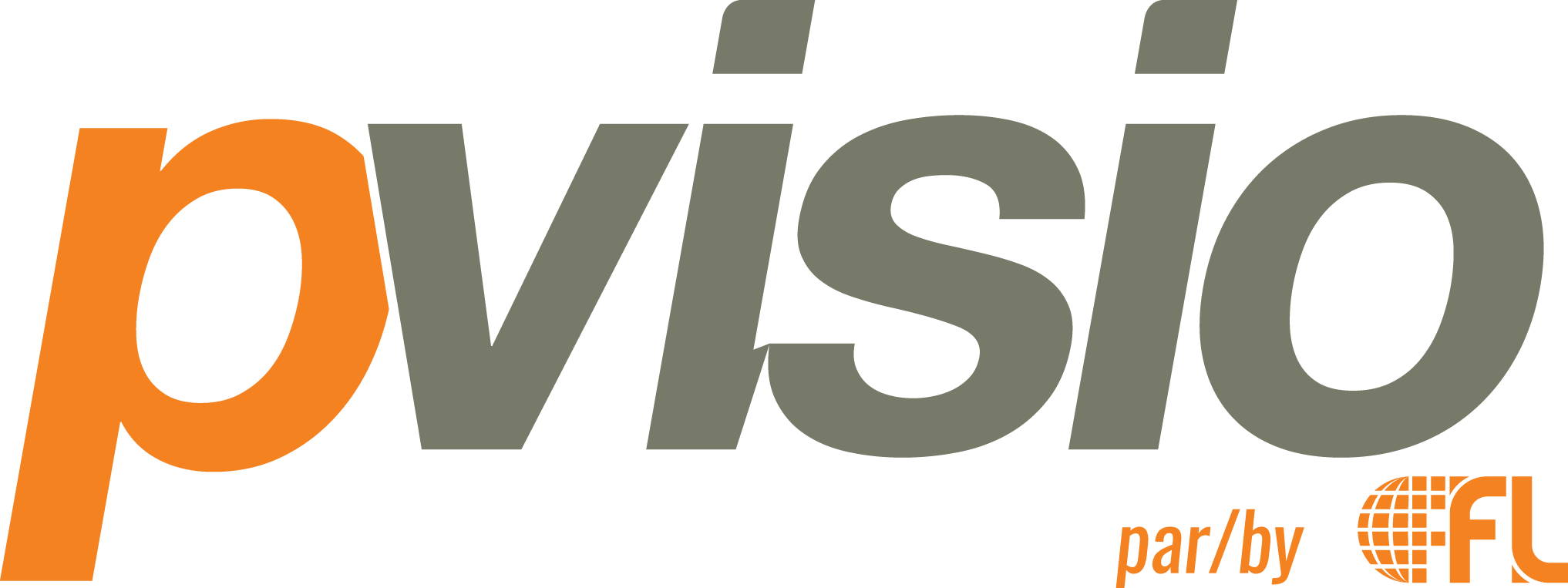The past few years have been a time of adaptation to major changes, especially in terms of mental health at work. We, as a society, have faced situations that many were unprepared to deal with. The pandemic brought on a whole new level of fear, stress, lifestyle changes, and isolation. We have also faced a slew of other disruptive and stressful events including war, racially motivated crimes, and a high level of violence.
Secondary effects including inflation are causing a ripple effect of financial stressors. In short, we can all agree that many factors have come to surface in the recent years that are stress- and anxiety-inducing.
Mental health was already a growing concern in the fast-paced lifestyles that professionals lived in 2019, and the addition of the stressors brought forward in the past years has reinforced the fact that mental health is a top concern. To become resilient, organizations need to be prepared with the right tools and culture to support their teams when they need it most.
Understanding the Types of Cultures That Promote Mental Health in the Workplace
The first step is creating a culture where mental health is addressed, prioritized, and promoted. Behaviors that are conducive to a supportive organization can include, as an example, leaders that are transparent and open about mental health, and even share their own personal experiences, to help reduce the stigma. Open communication and conversations are encouraged, and managers are trained to provide environments that promote psychological safety.
Defined by Harvard Business School professor Amy Edmonson, psychological safety is “a shared belief that the team is safe for interpersonal risk-taking.”
New York Times best selling Author Charles Duhigg describes the steps to achieving psychological safety in the workplace: “To feel ‘psychologically safe,’ we must know that we can be free enough, sometimes, to share the things that scare us without fear of recriminations. We must be able to talk about what is messy or sad, and to have hard conversations with colleagues who are driving us crazy. We can’t be focused just on efficiency.”
Psychological safety is essential to workplace mental wellbeing and is highly dependent on day-to-day interactions. Managers have a large part to play in creating this safe space, but unfortunately many managers are not equipped with the tools and skill set to successfully do so. Managers are the first line of contact with team members and are strategically placed to create environments that either foster or cause detriment to psychological safety.
Ensuring That Managers Foster Rather Than Cause Detriment to Psychological Safety
Training managers for soft skills, emotional intelligence and empathy is key. Leading with compassion and building connection can open the door for honest and vulnerable conversations. When team members feel heard, appreciated, and supported, they feel safe. Workshops where all levels of the organizations are given the opportunity to explore the topic and share experiences help to bring awareness and build connection.
Building Connections That Support Mental Health
Many managers, leaders and even team members often wonder what can or cannot be said around mental health. It is human nature to steer away from the things that make us uncomfortable. We fear saying the wrong thing or having it taken the wrong way, which results in the deeper issue of not creating space to talk about mental health at all. Leaders and managers have a critical impact in creating this safe space and it starts with simple conversations.
Integrating small conversation such as “How are you doing?”, “How are you feeling?”, or “Is there anything I can help you with?” can go a long way. Making room for these openings on a continual basis with genuine interest and empathy will set the tone for establishing and maintaining trust and fostering psychological safety.
Feeling the Pulse
On an organizational level, connection can be built and nourished by continually feeling the pulse of the team. Having check-ins and quick surveys to understand how the team is feeling at different periods and both sharing this information and taking action can contribute to a healthy and happy workplace environment.
The pulse survey method works well as it not only brings awareness but encourages team members to share resources that they need most. One of the most powerful things an organization can do is to consider feedback and act upon it.
Providing Resources and Communicating Them
The resources an organization provides can depend on many factors, however a best practice is that whatever resources are provided to support mental health, they are communicated and continually put forward. The promotion of these resources reminds people that support is available, that the organization has taken measures to provide resources and that the organization takes mental health initiatives seriously.
In summary, there are many things that organizations can do to promote mental health, the main takeaway being that its promotion is incredibly essential to maintain healthy and happy organizations. Being part of an organization that supports their team members in a world where stressors are inevitable is a value that cannot be quantified.
We Are Here to Help
Whether you want to discuss how to better promote mental health in your organisation, take its pulse or learn about new resources to offer your team members, do not hesitate to contact a member of the Pvisio Team for a free consultation.




